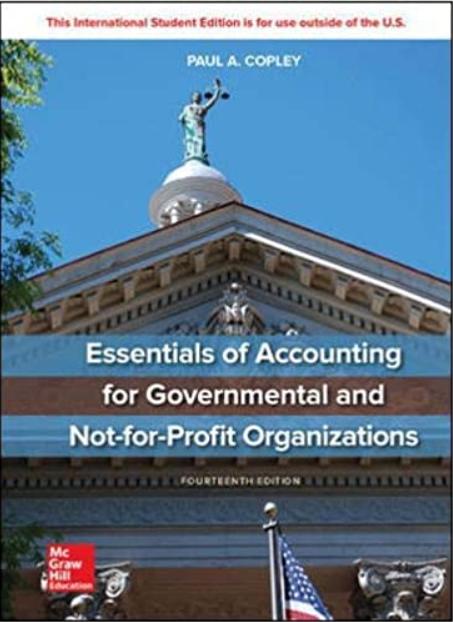Question
Exercise 1: Each of the following scenarios is based on facts in an actual fraud. Categorize each scenario as primarily indicating (1) an incentive to
Exercise 1:
Each of the following scenarios is based on facts in an actual fraud. Categorize each scenario as primarily indicating (1) an incentive to commit fraud, (2) an opportunity to commit fraud, or (3) a rationalization for committing fraud. Also state your reasoning for each scenario.
a. There was intense pressure to keep the corporation's stock from declining further. This pressure came from investors, analysts, and the CEO, whose financial well-being was significantly dependent on the corporation's stock price.
b. A group of top-level management was compensated (mostly in the form of stock options) well in excess of what would be considered normal for their positions in this industry.
c. Top management of the company closely guards internal financial information, to the extent that even some employees on a "need- know basis" are denied full access.
d. Managing specific financial ratios is very important to the company, and both management and analysts are keenly observant of variability in key ratios. Key ratios for the company changed very little even though the ratios for the overall industry were quite volatile during the time period.
e. In an effort to reduce certain accrued expenses to meet budget targets, the CEO directs the general accounting department to reallocate a division's expenses by a significant amount. The general accounting department refuses to acquiesce to the request, but the journal entry is made through the corporate office. An accountant in the general accounting department is uncomfortable with the journal entries required to reallocate divisional expenses. He brings his concerns to the CFO, who assures him that everything will be fine and that the entries are necessary. The accountant considers resigning, but he does not have another job lined up and is worried about supporting his family. Therefore, he never voices his concerns to either the internal or external auditors.
f. Accounting records were either nonexistent or in a state of such disorganization that significant effort was required to locate or compile them.
Exercise 2
A competent auditor has done a conscientious job of conducting an audit, but because of a clever fraud by management, a material fraud is included in the financial statements. The fraud, which is an overstatement of inventory, took place over several years, and it covered up the tact that the company's financial position was rapidly declining. The fraud was accidentally discovered in the latest audit by an unusually capable audit senior, and the SEC was immediately informed. Subsequent investigation indicated that the company was actually near bankruptcy, and the value of the stock dropped from P260 per share to P10 in less than 1 month. Among the losing stockholders were pension funds, university endowment funds, retired couples, and widows. The individuals responsible for perpetrating the fraud were also bankrupt.
After making an extensive investigation of the audit performance in previous years, the SEC was satisfied that the auditor had done a high-quality audit and had followed generally accepted auditing standards in every respect. The commission concluded that it would be unreasonable to expect auditors to uncover this type of fraud.
Required: State your opinion as to who should bear the loss of the fraudulent financial reporting. Include in your discussion a list of potential bearers of the loss, and state why you believe they should or should not bear the loss.
Step by Step Solution
There are 3 Steps involved in it
Step: 1

Get Instant Access to Expert-Tailored Solutions
See step-by-step solutions with expert insights and AI powered tools for academic success
Step: 2

Step: 3

Ace Your Homework with AI
Get the answers you need in no time with our AI-driven, step-by-step assistance
Get Started


